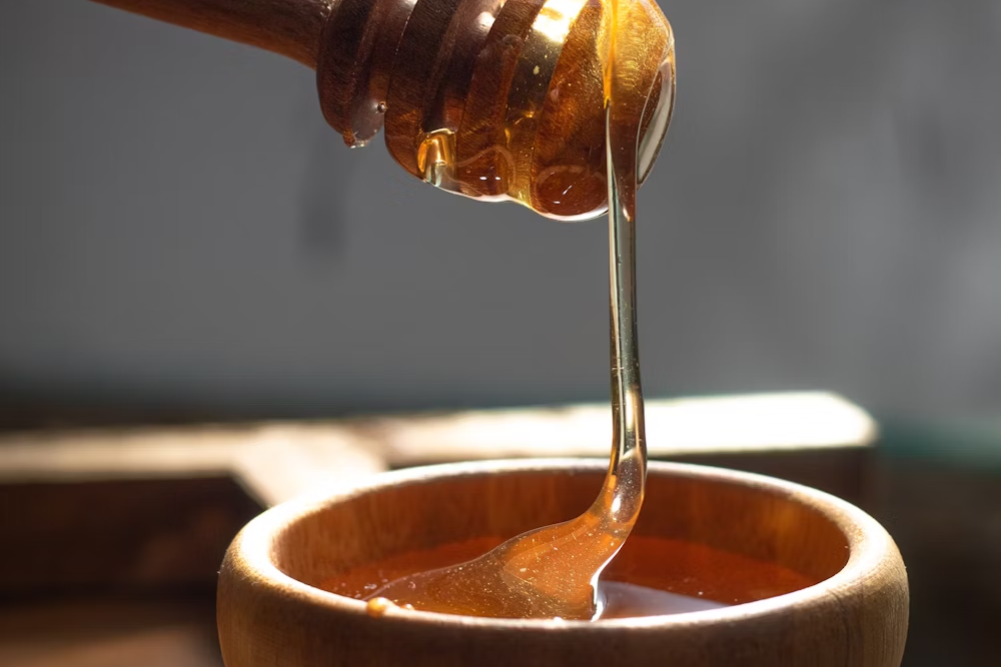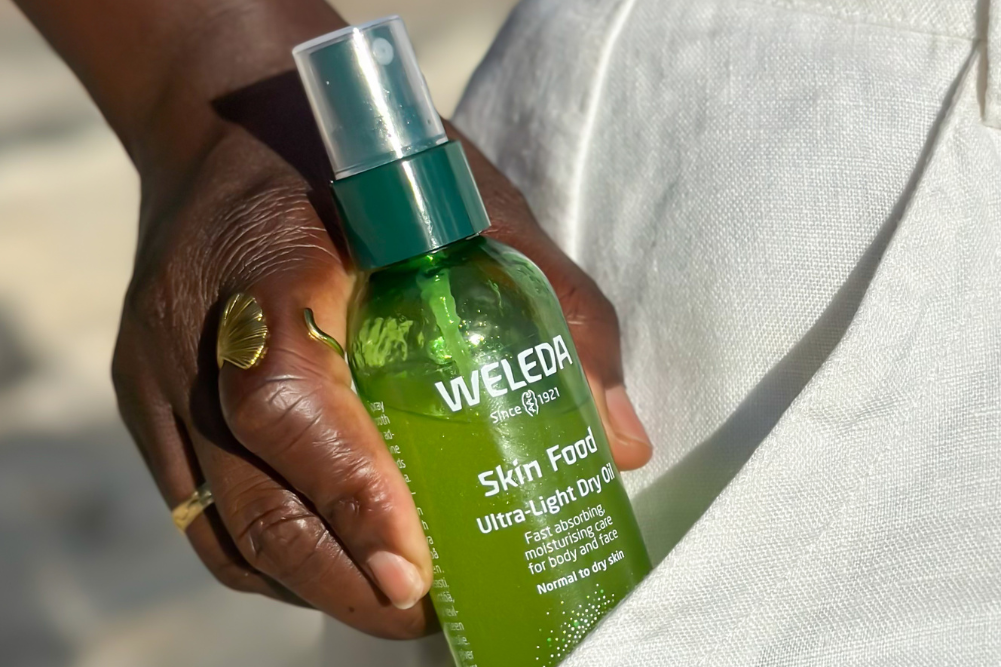Your guide to lip-plumping techniques
It’s not just Angelina Jolie. Lips these days really are growing, at least in the fashion world. In studies of magazine photography throughout the 20th century, it has been scientifically proven that models’ lips are larger than they used to be (probably the only part of them that is). Lip colourings have been around since Cleopatra’s time and one concept behind their allure is that the exaggerated appearance gives a subliminal message that the wearer is sexually aroused, or at least ready to be aroused. Like all skin, that of the lips thins with age, so fuller lips are also seen as a sign of youthfulness. Both of these theories have made the full-lipped look a glamour icon.
Following suit, products that promise a pouty mouth are sweeping onto magazine pages and into cosmetics racks. Like lipsticks and glosses, lip plumpers are touted as a cheap, easy and safe alternative to surgical lip augmentation, such as collagen or Restylane injections. As with so many areas of the beauty industry, these products come clouded by some questionable scientific claims. However, at least one method of “plumping†has some evidential grounding. So what is it that lip plumpers promise and do they deliver?
Active ingredients
Checking the ingredient lists of lip plumpers will usually turn up the oils of cinnamon or cayenne pepper, both spices that are classified as irritants. When these are applied to the sensitive skin of the lips, the irritation quickly causes swelling and a rush of blood to the area (vasodilation), almost like an allergic reaction. Other usual suspects that cause this effect include ginger, menthol and camphor. Experiencing mild to strong sensations of tingling, itchiness and even burning, the lip area takes on a fuller appearance within a few minutes.
Some plumpers create this effect through compounds that have direct vasodilatory effects, such as benzyl nicotinate (also known as niacin or vitamin B3) and L-arginine, an amino acid that is converted to nitric oxide, a potent vasodilator. Whatever the agent for irritation and vasodilation, the effect of this group of lip plumpers is always temporary. Product claims range to up to six hours but, to maintain the effect, most recommend reapplication after two to four hours and after eating, the bottom line being that when the irritant is removed the swelling diminishes and the lips return to their usual size.
Moisture boost
The second category of lip plumpers includes those that claim to increase lip volume by adding moisture to the tissue. “Humectants, such as glycerin and dimethicone, draw moisture from the environment into the lips and help lips appear plumper,†says dermatologist Dr Jeanine Downie, co-author of Beautiful Skin of Color. While these types of products don’t have as dramatic or instant an action as those in the first category, they may have a longer-term effect and contribute to the overall health of the lip skin and surface, making it appear fuller and smoother, according to Dr Downie.
Other products apply peptides and amino acids to the lip surface with the promise that, when absorbed, these protein-like substances will increase collagen, elastin and hyaluronic acid production, causing lip mass to increase in the long term. Recent studies have shown that certain tripeptides, when injected, have caused a boost in collagen production in rats. However, human studies into topical application of these ingredients haven’t yet revealed any significant effect on wrinkles, overall skin quality or lip volume.
The three super-antioxidants, vitamins A, C and E, make an appearance in many lip plumpers. While antioxidants are not plumping agents, they could be helpful in protecting the skin from free radicals that cause cell damage thought to cause the appearance of ageing. A study in 2007 showed that vitamin A (also known as retinol) causes an increased rate of skin cell turnover, which reduces the appearance of fine lines and wrinkles. Because of this exfoliating quality, retinol can also be very drying to the skin and make it more sensitive to UV damage. However, a recent study by Clinique Laboratories has also shown that the topical application of antioxidants will decrease UV-induced damage. While this latest research does come from a cosmetic company, it’s possible there is some sun protection in your plumper. So, are lip plumpers safe? “Generally, yes,†says Dr William James of the Department of Dermatology at the University of Pennsylvania, co-author of the study, “Lip plumper contact urticariaâ€, published in May 2009 in the Journal of the American Academy of Dermatology. While the main focus of Dr James’s study was that the irritant in a lip plumper caused hives on contact in certain subjects, he says that, allergic reactions aside, the irritants in lip plumpers are not dangerous. There are two types of allergic reactions to look out for, according to Dr Tiffany McCormack, a US-based plastic surgeon. “With contact urticaria (hives), the body may mount an immediate response through the release of histamines from cells, causing increased redness and sometimes prolonged swelling or a rash,†she explains. “Some people will also develop an allergic contact dermatitis, which is different in that the reaction occurs hours or days after exposure to the irritant and results in itchy rashes that can take anywhere from several days to weeks to heal. If you know you have certain allergies, then you should always read the product ingredients before use,†she advises. Long-term use of these products hasn’t yet been studied. While there are more than 100 clinical studies of surgical lip augmentation procedures recorded on the US National Libraries of Medicine site Pubmed.gov, Dr James’s study is the only one assessing lip plumpers. “Recurrent blood vessel dilation and swelling of the tissues could theoretically cause long-term changes, but to my knowledge these have not been reported,†says Dr James. However, he does note that the swelling caused by vasodilation can lead to drying and cracking and suggests this be treated with the application of emollients. So it seems that a speedy way to attain fuller lips, if only temporarily, is within reach for those who wish to follow fashion. Dr Downie does give one warning, though: that all lip products with a gloss finish, which means most plumpers, be worn with sunscreen. “Applying a lip product that adds shine is like applying oil on skin — it magnifies the sun’s intensity,†she cautions. “The best way to keep lips youthful is to always protect them with sunscreen.†If the full-lipped look has inspired you to care for your kisser, but you’d prefer to take a purely natural approach, try this DIY technique that takes advantage of the anti-inflammatory and antibacterial benefits of honey. If you are heading outside, be sure to add a high SPF to this routine. Step one: exfoliate Gentle removal of dead cells from the lips will allow the skin to more readily absorb moisture and reduce the appearance of lines and cracks. Create a scrub by combining ¼ teaspoon of honey with ½ teaspoon of a finely granulated sugar. Rub the blend onto your lips for 15–30 seconds with light, circular motions, then gently wipe off with a warm washcloth. For an even quicker fix, gently rub lips with a soft, dry toothbrush. Step two: moisturise Unlike the rest of the skin, lips don’t have sebaceous glands so can’t produce their own protective oils. To ward off chapping and attract moisture into the skin, combine honey (a humectant) with the fluid from a vitamin E capsule and a drop of almond oil for a sweet-tasting balm.
Antioxidants and exfoliants
Expert opinion
At-home lip-plumpers







